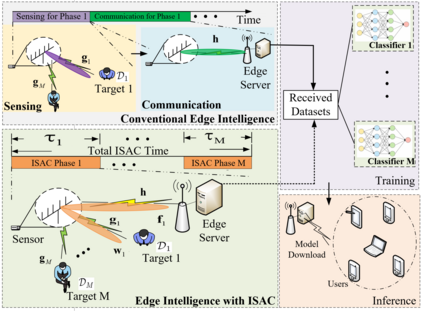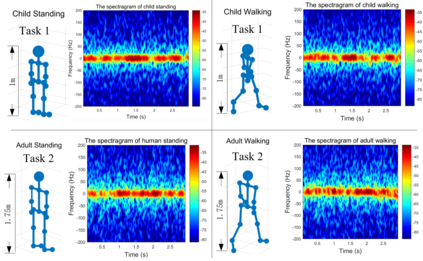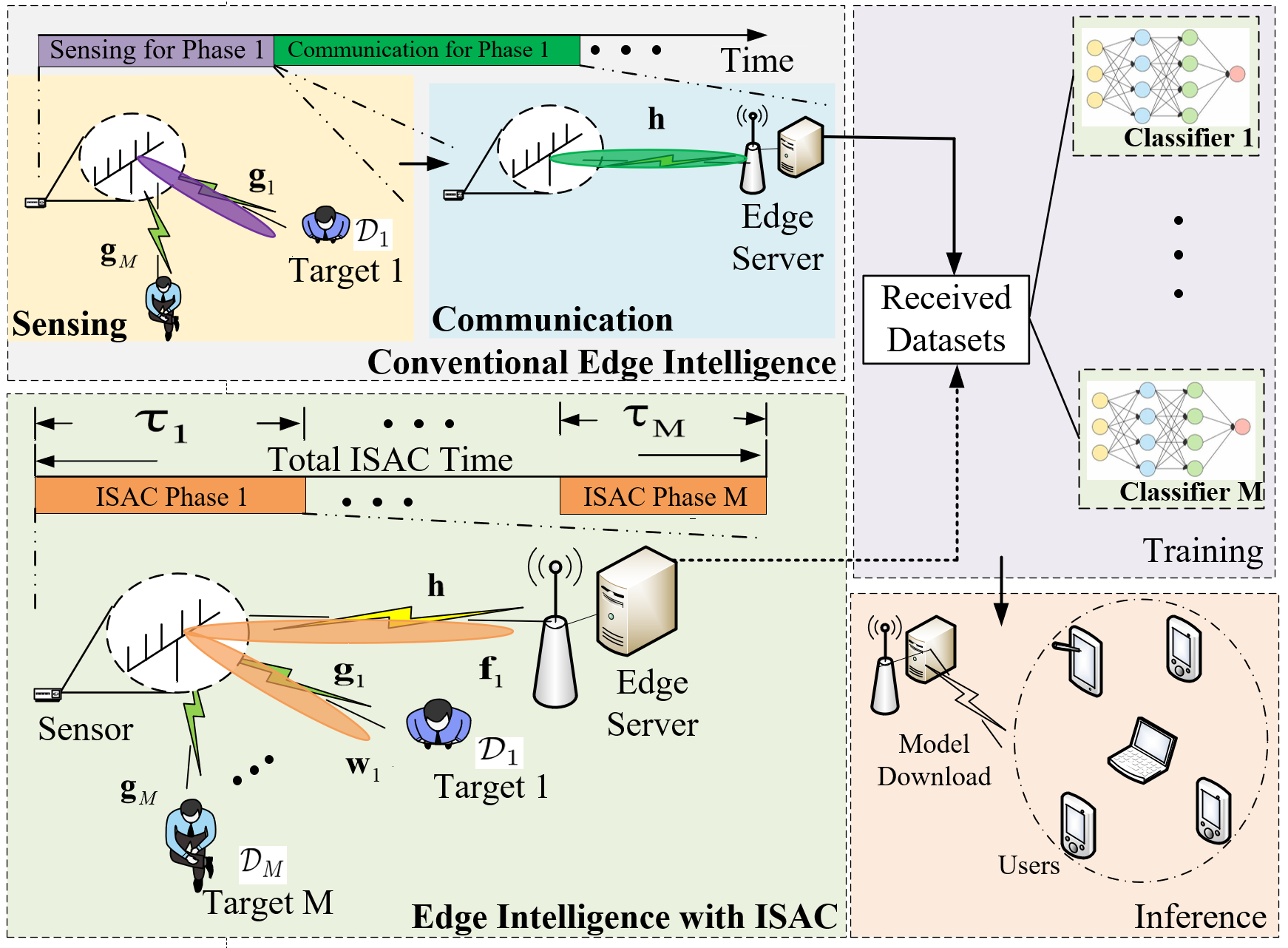Realizing edge intelligence consists of sensing, communication, training, and inference stages. Conventionally, the sensing and communication stages are executed sequentially, which results in excessive amount of dataset generation and uploading time. This paper proposes to accelerate edge intelligence via integrated sensing and communication (ISAC). As such, the sensing and communication stages are merged so as to make the best use of the wireless signals for the dual purpose of dataset generation and uploading. However, ISAC also introduces additional interference between sensing and communication functionalities. To address this challenge, this paper proposes a classification error minimization formulation to design the ISAC beamforming and time allocation. The globally optimal solution is derived via the rank-1 guaranteed semidefinite relaxation, and performance analysis is performed to quantify the ISAC gain over that of conventional edge intelligence. Simulation results are provided to verify the effectiveness of the proposed ISAC-assisted edge intelligence system. Interestingly, we find that ISAC is always beneficial, when the duration of generating a sample is more than the duration of uploading a sample. Otherwise, the ISAC gain can vanish or even be negative. Nevertheless, we still derive a sufficient condition, under which a positive ISAC gain is feasible.
翻译:实现边缘情报包括感测、通信、培训和推论阶段。 通常, 感测和通信阶段按顺序进行, 从而产生过多的数据集生成和上传时间。 本文建议通过综合感测和通信加速边缘情报( ISAC ) 。 因此, 感测和通信阶段被合并, 以便最佳利用无线信号生成和上传双重目的的数据集生成和上传。 但是, ISAC 也在感测和通信功能之间引入了更多的干扰。 为了应对这一挑战, 本文建议了一种分类错误最小化配方, 以设计ISAC 的成型和时间分配。 全球最佳解决方案是通过第1级保证的半成份放松, 进行绩效分析, 以量化ISAC 相对于常规边缘情报的增益。 模拟结果用于核实拟议的ISAC 辅助边际情报系统的有效性。 有趣的是, 当生成样本的时间超过上载样本的时间时, ISAC 总是有好处的。 否则, ISAC 增益可能消失, 甚至是负面的。 然而, 我们还是得出一个充分的条件, 。






